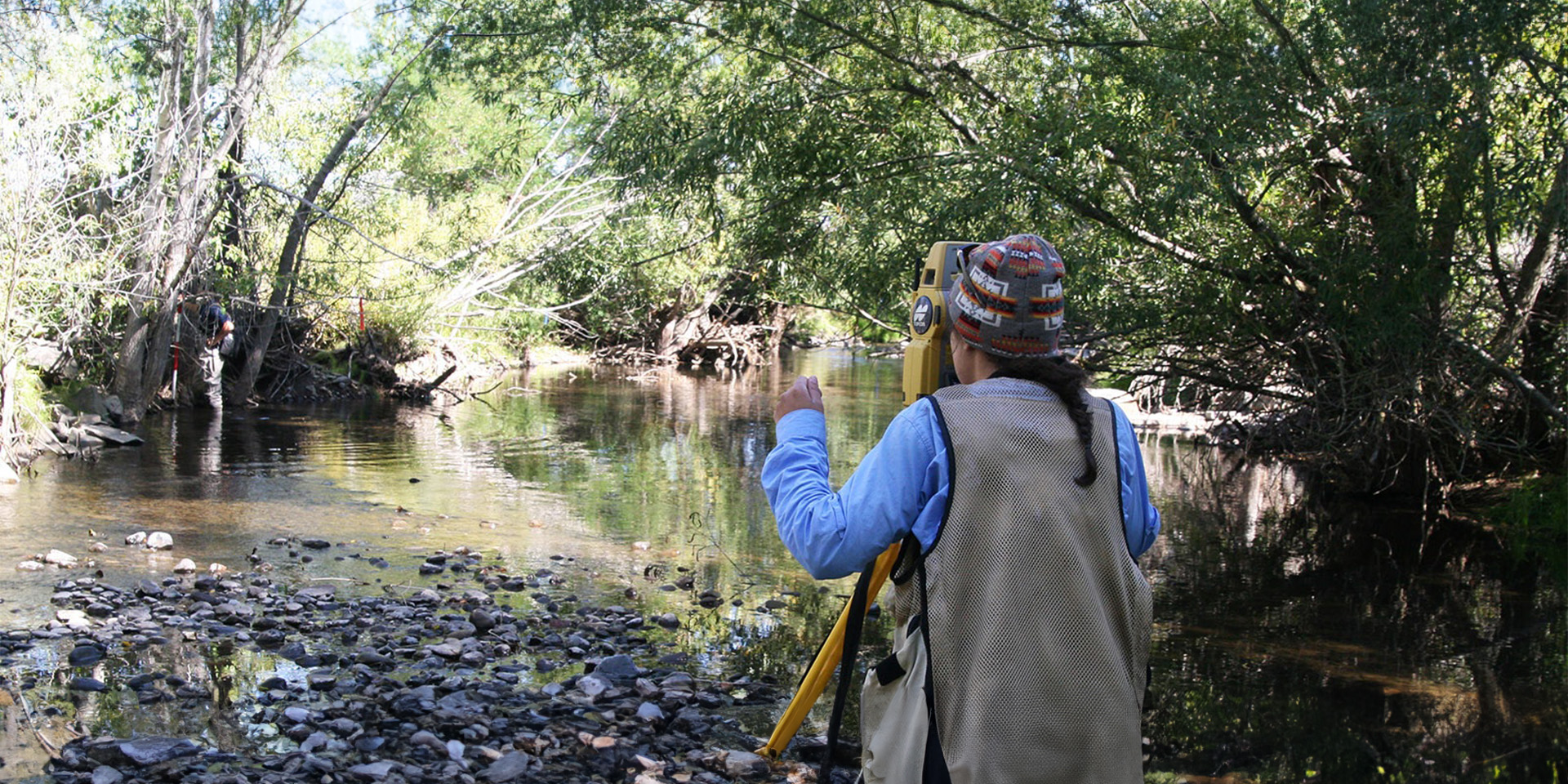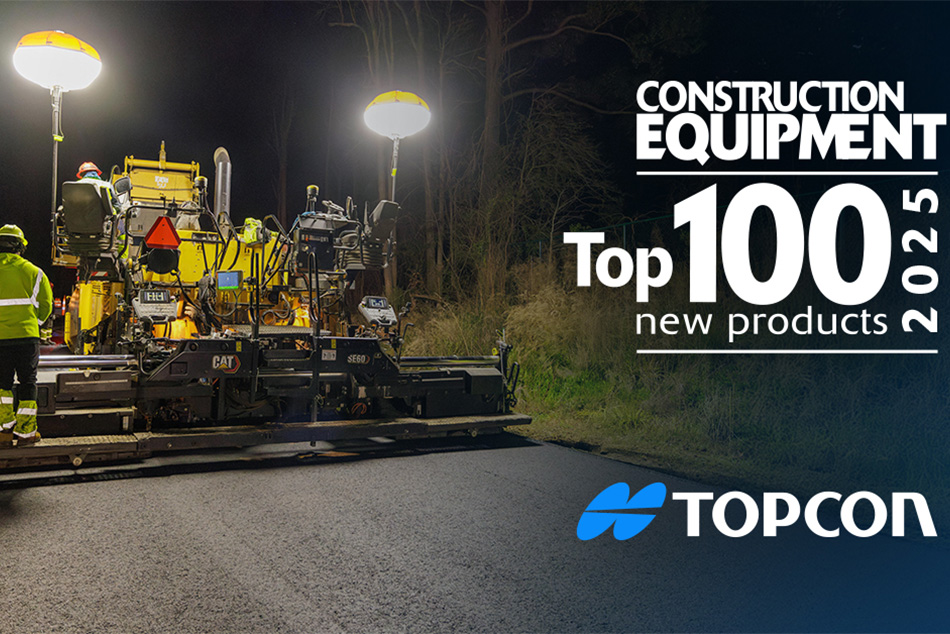“The salmon habitat in general has been very degraded over the years — the direct result of human-related activities such as diverting water for agriculture, timber harvesting, clearing streamside vegetation for cattle grazing, and construction of levees,” he said. “Salmon need a good deal of habitat complexity to survive and grow, but that complexity has been greatly reduced over time. As part of the Columbia Habitat Monitoring Program (CHaMP) program, we’re monitoring the response to restoration actions that have already been implemented by a number of different state, federal and Native American agencies.”
Monitoring Change
Justice says that one of the key CHaMP efforts involves surveying the current habitat conditions in 26 watersheds across the Columbia River basin, then later resurveying the same sites and monitoring how things have changed. A good deal of that work has traditionally been done using basic “stick and tape” techniques which were both limited in scope and time-consuming.
“Our team is responsible for roughly a 20-mile stretch of Catherine Creek and a 30-mile stretch of the Upper Grande Ronde River upstream of the cities of Union and LaGrande, Oregon,” Justice said. “The salmon populations are severely depleted in these streams, so we feel a real sense of commitment to what we are doing.”
Frustrated with the shortcomings of the usual approach and realizing the scope of what lay ahead for them — potentially another nine years of work — CHaMP representatives contacted Shane Aldrich from the Salt Lake City branch of Rocky Mountain Transit and Laser to discuss alternatives and were soon taking delivery of 15 Topcon DS 205AC total stations.


















